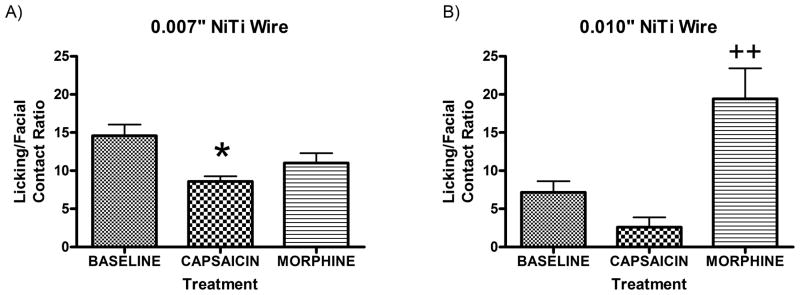Figure 2. Effect of capsaicin and morphine on mechanical pain sensitivity.
Mechanical stimulation using the 0.007” NiTi wire showed that the capsaicin treatment (N=4) produced a significantly reduced (*p<0.05) lick/face ratio compared to baseline (N=10)(F2,21=3.831) and no significant change following morphine treatment (N=10) (A). Mechanical stimulation using the 0.010” NiTi wire showed that morphine (N=10) resulted in a significantly increased (++p<0.005) lick/face contact ratio compared to baseline (N=10) (F2,19=6.96) with no significant change following capsaicin (N=3) treatment (B). Note that the already low lick/face contact ratio of baseline may exhibit a floor effect preventing capsaicin treatment to drive performance lower and that 1 animal avoided contacting the wires by pushing them down with its’ paw (data not included).

